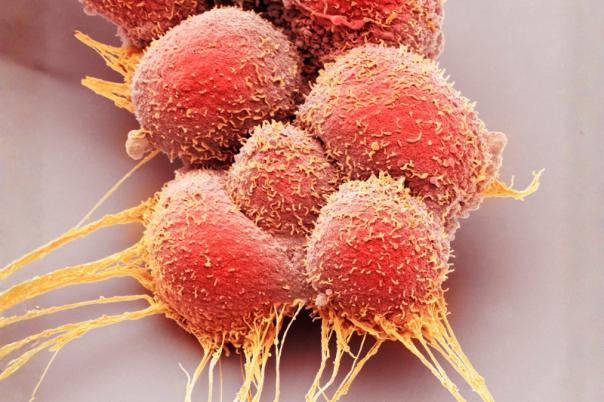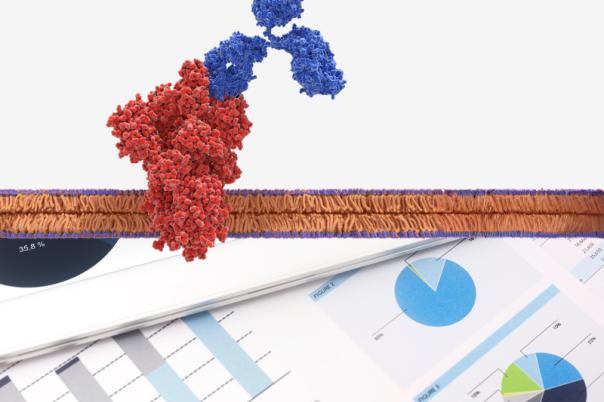Mimmi Ballard, Director of Analytical Development and QC at Vir Biotechnology discussed how to develop a potency strategy for therapeutics with multiple complicated mechanisms of action. She demonstrated the importance of selecting a potency assay that is sensitive to product-related changes and choosing a panel of potency assays to monitor the full mechanism of action of your drug.
Potency assays are useful for testing stability, efficacy, purity, and safety. Ballard added: “It’s (potency) also a very important part of your product and process characterisation panel, which is a much larger panel of tests where you're trying to understand the biophysical and biochemical properties of your product.” Typically, potency assays are selected from a panel of bioassays that fully measure the mechanism of action of a therapeutic.
Ballard said: “Relative potency is calculated relative to a reference standard, which is a well-characterised lot of your product.” Most importantly the samples must have similar attributes to calculate relative potency; Ballard explained that they must be MOA (mechanism of action) reflective, sensitive to product-specific degradations, sensitive to process-related changes, QC friendly, and use commercially available and well-characterised reagents.
A case study with a standard ADC (antibody-drug conjugate) with an IgG1 backbone, a linker to a small molecule toxin, and a multi-step MOA. A range of assays was used, including target-binding ELISAs and a cell-killing assay. For early-phase potency testing, an ADC ELISA was selected for its MOA reflectivity, while a cell-killing assay was identified as more suitable for late-stage testing to better monitor functional changes. Ballard commented: “We kept all three assays on our characterization panel because the antibody ELISA tells us about the IgG's ability to bind to the target.”
The second case study was conducted with an IgG1 antibody but not an ADC. For this antibody, the first mechanism of action is to bind to the viral target and prevent the virus from infecting cells. Next, the second mechanism is to link virally infected cells to immune cells, clearing infected cells from the body. This antibody required a broader bioassay panel that included receptor-binding assays, viral infectivity tests, and immune cell activation assays. To improve accuracy in potency calculations, Ballard’s team used Promega’s Lumit assays.
To sum up, developing a diverse panel of assays is key for thorough characterisation. Obtaining a balance between MOA reflectivity and practicality for QC use is a key takeaway when developing an assay.





